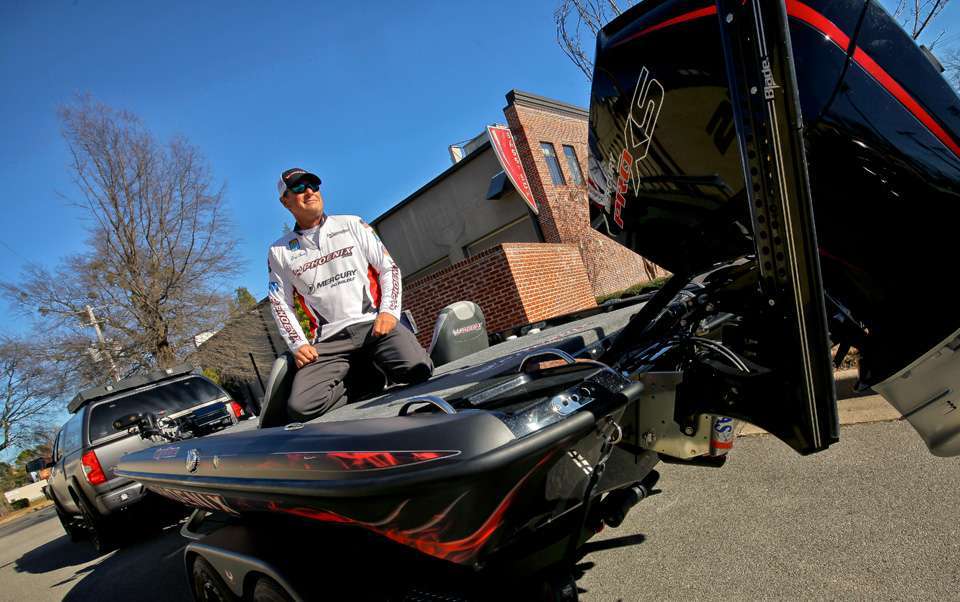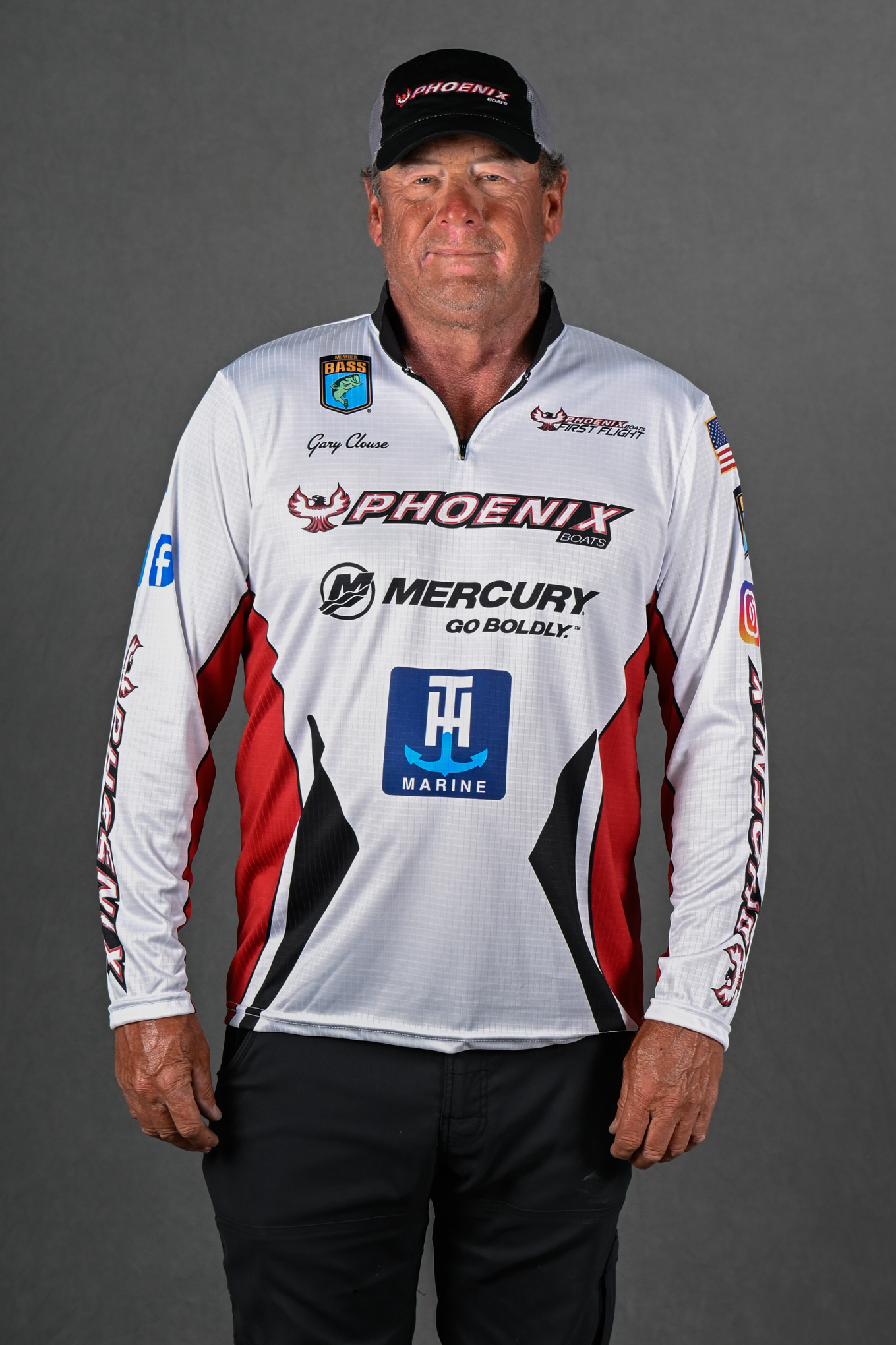
One of the most frequently asked boating questions I get — and perhaps the least understood by bass anglers — is about jackplates. Most bass boats in today’s world are designed to utilize a jackplate of some kind.
These tools are mounted between the transom and outboard to allow the propeller to turn in less turbulent water and allow adjustments in engine height for peak performance.
Jackplates come in manually adjustable or hydraulic setups and in various setback lengths. When installed properly and to the specifications of the boat on which they are installed, they can deliver better performance and valuable benefits.
You can get a manual plate for around $500 while a hydraulic cost around $1,200, depending upon the size and manufacturer. There aren’t many companies making hydraulic plates, but at Phoenix Boats we sell mostly the T-H Marine Atlas, which is popular among high-performance bass boaters.
Is the price difference for a hydraulic jackplate worth it? I think most anglers who have one will tell you that it is.
When you set up a bass boat’s engine height for maximum performance, the height difference is sometimes only about an inch or two, depending upon your weight load.
But when you have full livewells, a big boy partner, a lot of gear and a full tank of gas, you can tune your performance on the fly and achieve top end speed with the hydraulic version.
That doesn’t mean higher is always better. You may see some boats running down the lake throwing a high rooster tail which may seem cool. However, it really means the boater has the engine too high. A good rule of thumb is your rooster tail shouldn’t be any taller than the motor.
Conversely, if you have no rooster tail then you need to raise the motor a little. All of this will become a second nature that you will develop through feel of the boat as you get used to it.
But speed isn’t the only benefit of a hydraulic plate. You can idle through skinny water a little quicker and more safely with the engine raised, and you also can take off and get on plane easier in shallow water.
When I was leading the St. John’s River Elite in spring, I was fishing extremely shallow backwater. Without a hydraulic jackplate, it would have taken me 30 minutes to idle out. Because I had one, I had an additional and very important 30 minutes to fish. I could go in and out on plane by raising the motor with the lever on my steering column and still get on plane in the shallow water.
The hydraulic plate also can be beneficial when negotiating big water, allowing your prop to get more bite and you to make quick adjustments as you need them.
Smaller boats and some older models may not need the jackplate. For others, the addition of a hydraulic version can be a beneficial add-on for bass boaters looking to improve their performance under many situations they encounter on the water.





